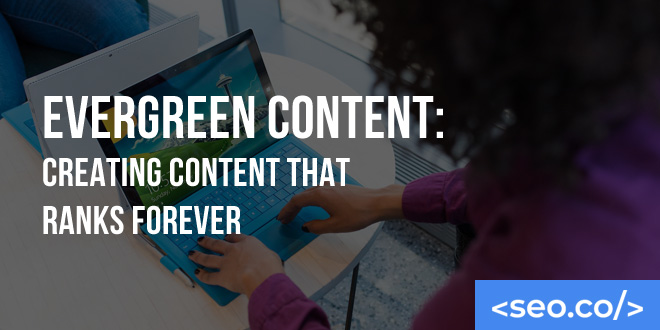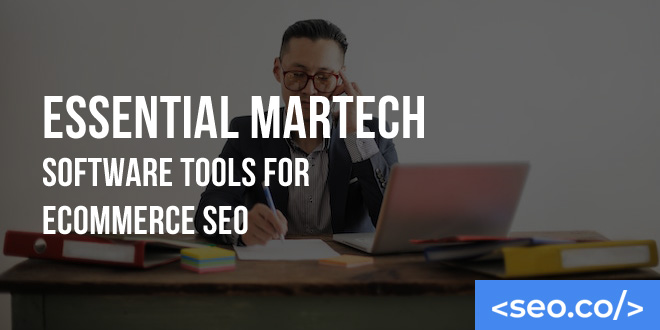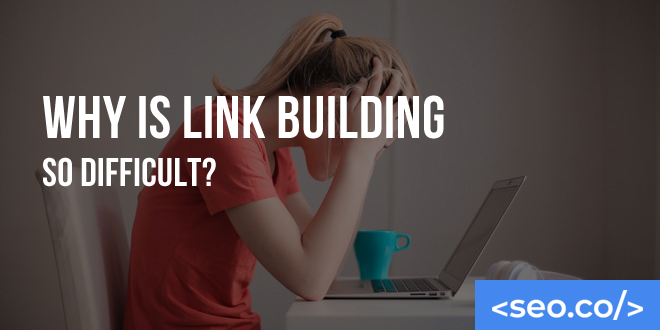
8 Ways Modern SEO Is About Way More Than Google
For many years, “search engine optimization services” were almost synonymous with “optimizing for Google.” It makes sense—even in our colloquial language, Google’s dominance in the market is apparent. We say we’re going to “Google” something, and for the most part, we’re still relying on Google as our exclusive search engine of choice. With two-thirds of the market hooked and with one of the most recognizable brands on the planet, it’s easy to see why so many search optimizers think about Google as the number one objective. However, Google today is only one piece of a much bigger, ever-shifting puzzle. Consider these seven alternatives, trends, and developments, all of which demand significant attention from any successful search marketing campaign: AI, including ChatGPT Google searches have been a mainstay of the internet for decades, but as technology advances, new alternatives are emerging. One such option is ChatGPT—a natural language processing (NLP) platform that can answer questions and generate content on any given topic. Unlike Google searches which typically return webpages of results, ChatGPT provides users with direct, conversational answers to their queries. ChatGPT is powered by a deep learning algorithm that can interpret and respond to natural language queries. It can be used to answer questions related to information, travel, entertainment, news, weather, sports, and more. Additionally, ChatGPT’s content generation capabilities allow it to create original articles, blogs, and stories on any given topic. ChatGPT provides a more natural and intuitive experience than a traditional search engine. It also can provide deeper insights into topics that may be difficult to uncover through simple keyword searches. Finally, ChatGPT is faster than Google searches in both speed of response and overall accuracy of results. Personal digital assistants search more than the web First, consider how many personal digital assistants are entering the market—Siri, Cortana, and Facebook M are just a few of them. This function similar to traditional search engines, but modern iterations are doing more than just searching the web—they’re searching for files on desktops, through stored information in the cloud, and are even relying on archived information. Yes, Google has its own digital assistant form in Google Now, but at the same time, the traditional form of search engines is all dying, which means depending solely on Google as your guiding force in SEO isn’t going to be sustainable for much longer. Bing and Yahoo are creeping up on Google’s turf Currently, Google is still the globally dominant search engine of choice with two-thirds of all search traffic coming through its servers. But don’t forget about that other third. Bing and Yahoo, which is also powered by Bing, are gradually encroaching on Google’s search share. Bing sits at a respectable 20 percent for the time being, but expect it to grow larger as the years go on. Other competitors, like DuckDuckGo are offering unique features to attract niche audiences as well—and don’t rule out the possibility of a new search engine coming onto the scene, either. Apple is working on search crawlers and may have its own plans for the future of search. Apps are stealing web traffic People are relying on apps for their on-the-go needs as much as manual web searches. Why search for a restaurant and call for a reservation when you can just open an app and make one from there? Why search for a taxi service when you can pull up your ride request app immediately? The word “search” is no longer limited to entering queries into an engine—it’s about capturing a user’s attention when they need your services. That means getting yourself listed in relevant apps, or even creating your own apps (and optimizing for app store searches as much as traditional search engines). Web apps are making their own search engines New, mini form search engines are starting to pop up in various other apps. Consider Facebook, which recently developed its own search engine. Currently, it’s only being used in the context of a status update to help people find articles to reference, but it could easily expand into its own platform. Considering Facebook is also offering exclusive publishing opportunities to content providers, the whole process of indexing content could start to transform, especially if other social media brands catch on. Google’s results depend on multiple other platforms Google is starting to rely less on its own determinations and more on the information fed to it from other independent apps. For example, its local 3-pack results for local queries depend as much on a business’s standing in Yelp (and other local directories) as its domain authority. Google’s also indexing and providing tweets and Facebook posts in response to queries. What this means is that if you want to optimize for search engines, you first have to optimize for those other platforms. User experience can trump raw results This is more about the power of ranks than the power of Google specifically, but modern users are interested more in sites that give them the experience they crave than whatever’s sitting at the top of Google’s search results. For example, if your site is more mobile-friendly and faster than a competitor, you could easily start to see more traffic—even if you’re ranked lower. Google doesn’t dictate user preferences, and you’ll do well to remember that. Social and referral traffic can easily top organic In its purest form, SEO is all about getting traffic from search engines through higher ranks, but any effective SEO strategy actually relies on several sub-strategies that can function independently, like guest posting and social media marketing. Before you worry too much about Google’s direction changes, remember that those independent strategies can yield equally good results—with enough social media and referral traffic from your peripheral strategies, you could feasibly eclipse whatever you bring in through Google search ranks alone. None of this is to say that Google isn’t relevant for SEO anymore; Google is very much still the dominant search engine, and it still makes most of the rules the rest of the world follows. But only paying attention







